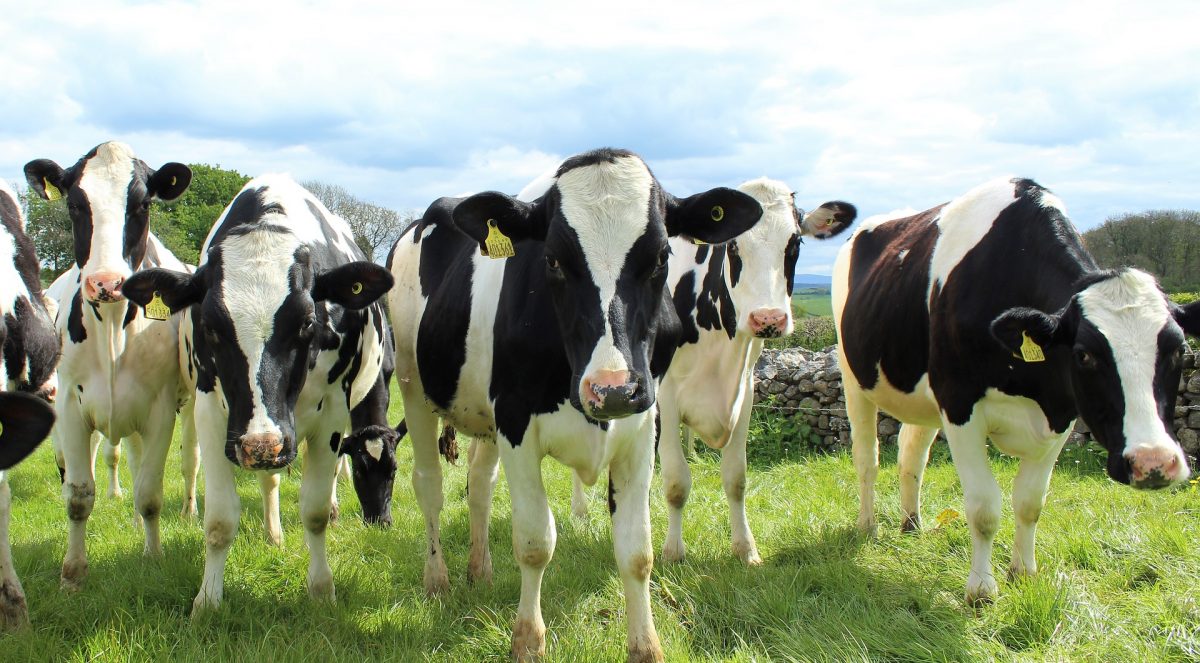New research from Lincoln University’s Pastoral Livestock Production Lab offers fresh hope to dairy farmers in the search for tools to reduce nitrate leaching to waterways. The genetic disposition of the cows themselves is delivering a big part of the solution.
The Pastoral Livestock Production Lab is a key constituent of the University’s Faculty of Agricultural and Life Sciences Department and the Centre of Excellence for Designing Future Productive Landscapes, where students, postgraduate researchers and academics are dedicated to creating and implementing more productive, resilient and sustainable agroecosystems for the future.
The latest findings show that grazing dairy cows with low milk urea nitrogen breeding values (MUNBV) have a 28% reduction in the urinary urea nitrogen loading rate per urine patch than cows with higher MUNBVs.
The lowest MUNBV animals in the study excreted 165.3 g less urinary urea nitrogen per day than the highest MUNBV animals. As an example, at four cows per hectare, this difference equates to 241kg urinary urea less deposited onto pasture, resulting in 41kg less nitrate leached per hectare per year.
The research, completed by PhD student Cameron Marshall (recipient of the Lincoln University Doctoral Scholarship), also showed that the low MUNBV cows also yielded an increase in milk protein percentage.
Lincoln’s Professor of Livestock Production Pablo Gregorini says the findings are very significant for farmers and the entire agriculture sector.
“Cameron’s work shows that the cows themselves are an important tool in helping to cut nitrate leaching and nitrous oxide emissions, and in helping farmers meet their regulatory reductions. To be able to do this and increase milk protein at the same time is a huge win-win for the sector.
“Most farmers’ herds will naturally comprise a mixture of low MUNBV cows and higher MUNBV cows, with the trait being identified through testing the milk. Simply identifying the animals with low MUNBVs will enable famers to breed from their existing stock and change the makeup of their herd over time.”
Research into the differences between low MUNBV and higher MUNBV animals will continue, with Cameron Marshall studying the data to identify where further benefit-yielding research should be directed.
Source: Lincoln University












